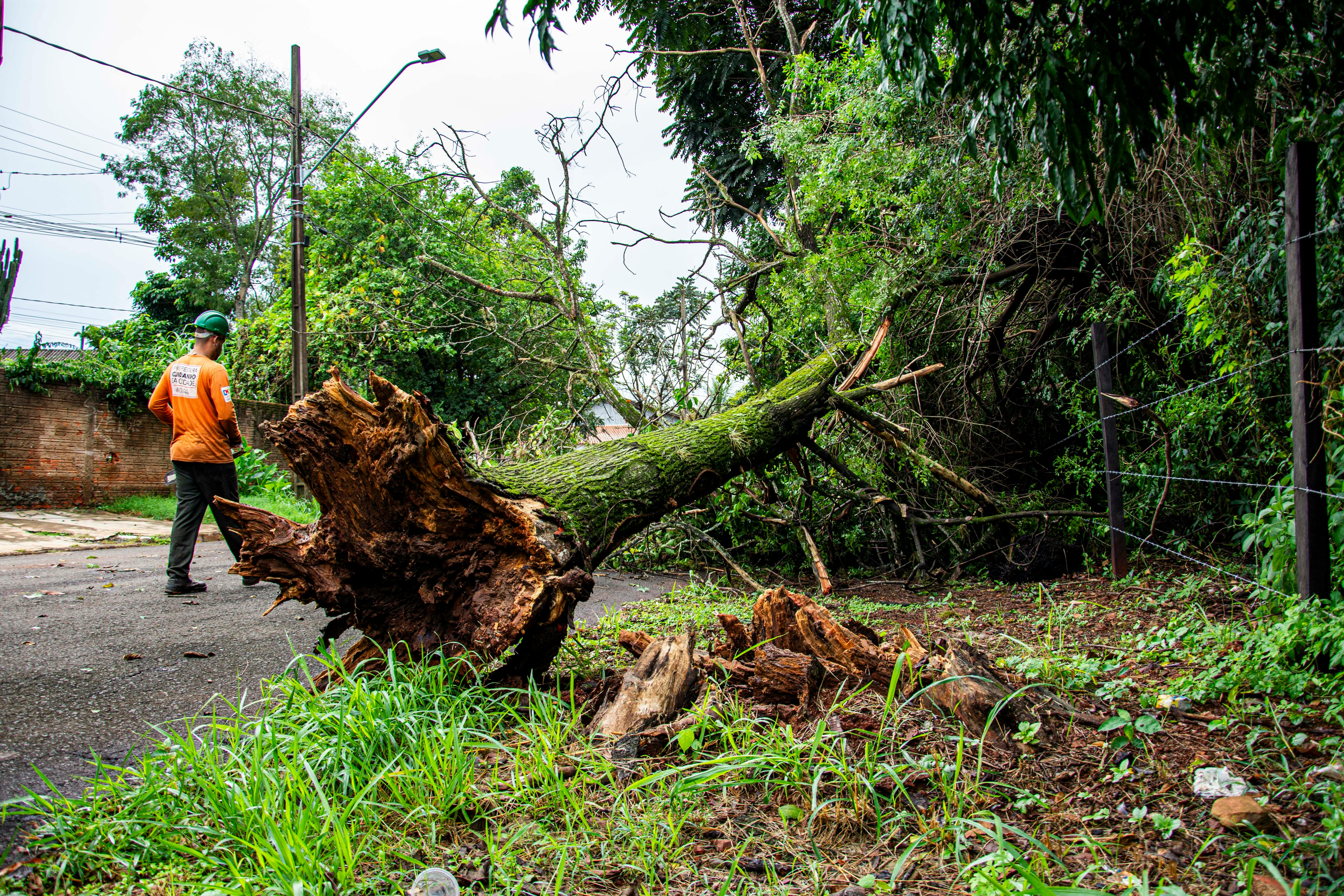What's Happening?
An asteroid, designated 2025 TF, recently passed extremely close to Earth, flying over Antarctica at a mere 265 miles above the surface. This distance is comparable to the orbit of the International Space Station. The European Space Agency (ESA) reported that the asteroid, measuring between 3.2 feet and 9.8 feet across, did not pose a significant threat to the planet. However, had it entered Earth's atmosphere, it could have created a fireball and potentially become a meteorite upon impact. The asteroid was first detected by the Catalina Sky Survey, a NASA-funded mission, and later observed by the ESA's Planetary Defence Office. The object is not expected to approach Earth again until April 2087.
Why It's Important?
The close passage of asteroid 2025 TF underscores the importance of monitoring near-Earth objects (NEOs) for potential threats. While this particular asteroid was small and posed no immediate danger, its proximity highlights the need for continued vigilance in tracking space objects. The ability to detect and track such objects is crucial for planetary defense, as larger asteroids could have catastrophic impacts if they were to collide with Earth. The event also demonstrates the effectiveness of international collaboration in space observation, with agencies like NASA and ESA working together to monitor and analyze NEOs.
What's Next?
The ESA and other space agencies will continue to track near-Earth objects to assess potential threats. The data collected from such close encounters help refine detection techniques and improve predictive models. As technology advances, the ability to detect smaller objects earlier will likely improve, enhancing planetary defense strategies. Additionally, public awareness and interest in space phenomena may increase, leading to more support for space exploration and research initiatives.












